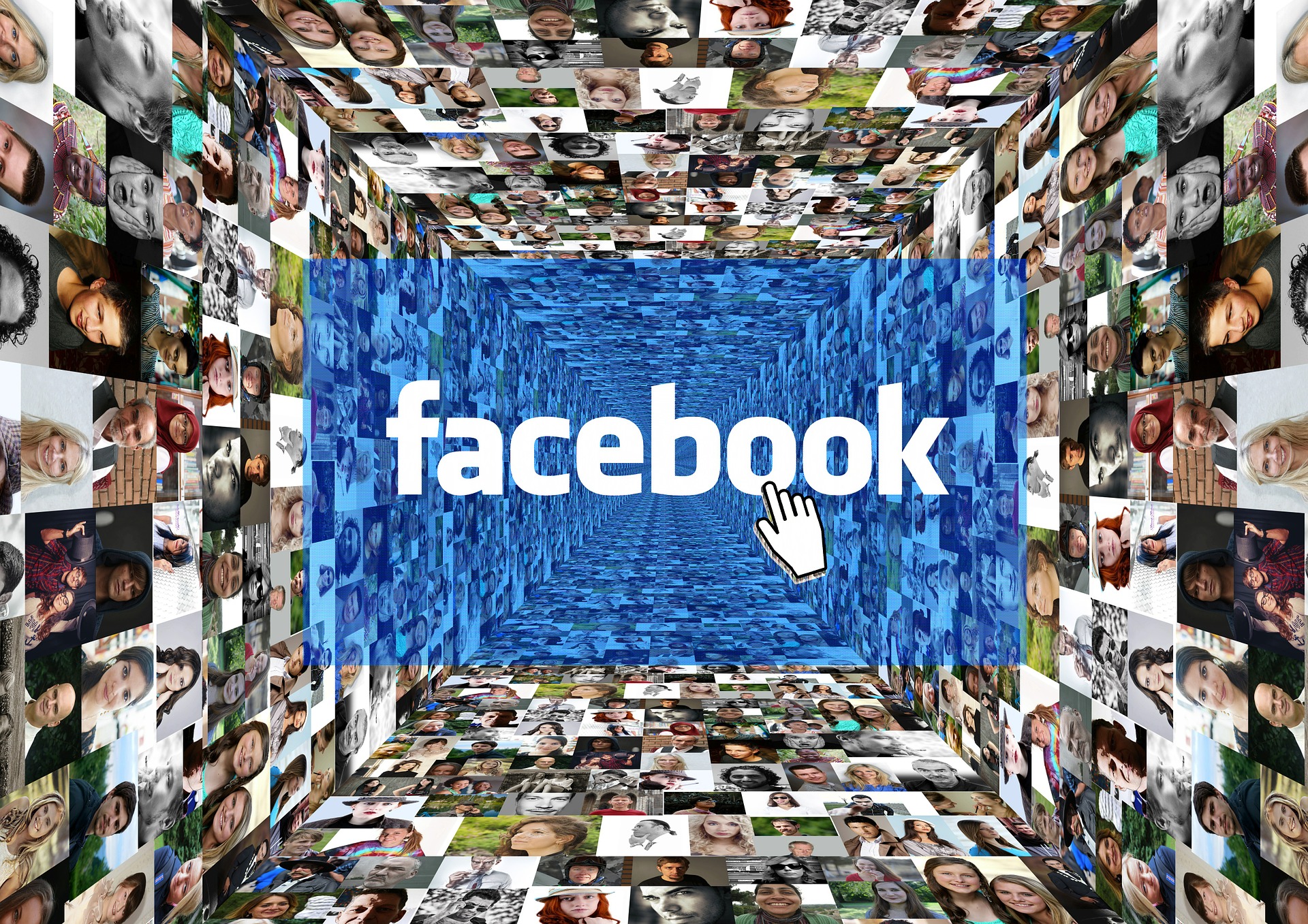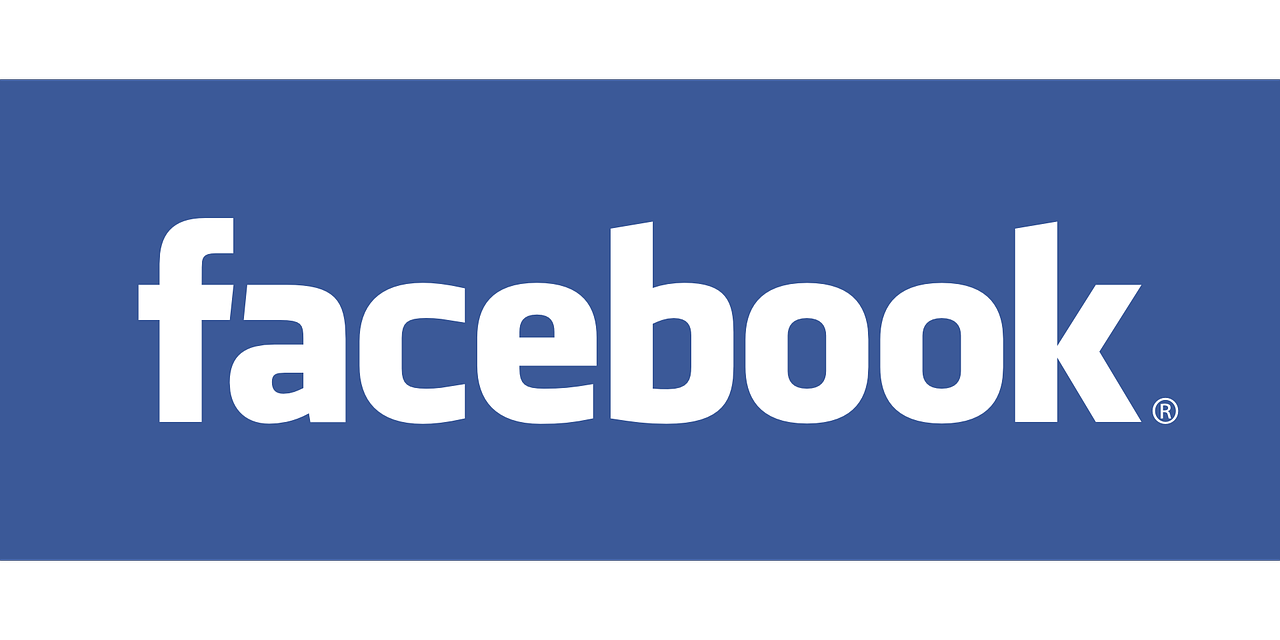Facebooks Ads: How to Analyze Your Paid Ads on Social Media
Facebook is the biggest social media platform on the planet, with more than 2.5 billion active users per month (according to zephoria.com). Facebook has a diverse pool of people using the platform. For most businesses, finding their target audience is not an exceptionally difficult task.
Quick Links
Running a paid ad campaign on Facebook is a no brainer. But if you’re new to running ads on social media and have no idea how to measure the effectiveness of your Facebook ads, then it can be a little intimidating.
Finding and analyzing the right metrics will help you get the most out of your paid ad campaign. Optimization of your campaign will help you increase conversions and sales, improving the longevity of your business.
Here’s how you should start analyzing your paid ads on Facebook:
Measure reach and impressions.

When running a Facebook ad campaign, the very first things that you should be paying attention to are reach and impressions.
Reach is the no. of people who see your ad on Facebook. While the impressions metric is the number of people who view your advert multiple times.
You might be wondering, what’s the difference between reach and impressions. When talking about reach, each individual who sees your ad will be unique. As for impressions, the same people can see the same ad multiple times.
When a person sees a relevant ad numerous times, they are more inclined or motivated to click on the ad. So, having reasonable impressions is necessary for the health of your ad campaign.
One thing to keep in mind with impressions is that too many impressions can be a bad thing. If your audience continues to see the same ad over and over again, they will suffer from ad fatigue.
Ad fatigue can hurt your current and future chances of making sales. It also contributes to a negative brand image.
Monitor your engagement rate.
As the name suggests, engagement tells us how the audience responds to the posts or ads.
Key engagement metrics on Facebook include likes, comments, shares, and clicks.
Your engagement rate for your paid ads can either be a super important metric, or it can be something that you don’t need to spend a lot of attention do. That depends on the goals and objectives of your Facebook ad campaign.
According to Michael Leander, an engagement rate of 1% is good. Below 0.5% means that you need to go back to the drawing board and find out why your ad viewers are not responding to your advertisement.
How to find the engagement rate on Facebook:
To find the engagement rate for your advertisements on Facebook, here is the simple formula.
Take your total engagement and divide it by the total reach. Then multiply the obtained result by 100 to get a percentage value for your engagement rate.
When you drive a prospective customer to your website through a Facebook ad, make sure that you continue your engagement with them. Having a live chat app will help you do just that.
Find your CTR.

CTR or Click Through Rate is a commonly used metric.
Click-Through Rate (CTR) tells you how many people saw your ad and decided to click on your ad.
Why is CTR a vital metric to analyze?
Click Through Rate is a simple metric to understand. If more people are clicking on your ad, then you have an increased chance of making conversions and sales.
If you think that your CTR is lower than it should be then here are a few considerations that you should think over:
- Ad copy. This is a common issue when it comes to ads. If you have not made your message clear in your ad copy (a short sales pitch that accompanies your advert), then your audience won’t be convinced to click on your ad.
- Unclear CTA (Call to Action) button. An obscure CTA button is another significant hindrance to your CTR.
- Bad visuals. An ad that is not visually appealing will not get the results you desire.
Making your advertisement as visually appealing as possible is important for your overall conversions and sales. Create an ad that makes your audience want to click on it.
Measure your conversions.
Conversions are a term used often when it comes to marketing and sales. A conversion is a favorable action taken by a person, usually someone from your target audience, or a visitor on your website.
Conversions help you understand just how many people have taken an action that you wanted them to take.
For example, a common conversion for most blogs is how many people have signed up each month. While this action has no apparent monetary value, it helps the blog target these individuals and provides them with tailored offers and products, increasing the chance of making a sale.
An average conversion rate for Facebook paid ads is a little more than 9% (according to wordstream.com), so you should try to reach this target initially.
How to find your conversion rate:
To find your conversion rate on Facebook, divide the total number of conversions from your ad by the number of total clicks on the advertisement.
Return on Ads Spend (ROAS).

ROAS is a particular metric that tells you how well your paid ads performed on Facebook. It’s similar to ROI (Return on Investment) but different in the sense that ROI tells you the net profit or loss versus the investment made.
How to calculate ROAS:
To calculate ROAS, take the total revenue generated by your paid adverts, and divide the figure by the total amount you spent on Facebook ads.
Conclusion:
Analyzing your paid advertisements on social media platforms like Facebook is essential if you want to get the most out of your marketing and ad budget.
It will take a conscious effort on your part to monitor and evaluate the performance of your Facebook ads. Running ad campaigns on these platforms is a science and an art. You will need to take a focused approach when it comes to analyzing your paid advertisements.
You should analysis a part of your work schedule and ad campaign to analyze the performance of your adverts. This will allow you to be aware of the results your Facebook ads bring in and give you a chance to make them even better.
Author Bio:
Hamzah Adil is a digital marketer who sees social media as a medium to bridge the gap between businesses and their audiences. He’s currently working for a startup that has developed a new live chat app called SwiftChat.
Website: https://www.swiftchat.io
How to Use AI-Powered SEO Tools for WordPress eCommerce
SEO is a critical factor in the success of any e-commerce WordPress store. As competition…
0 Comments11 Minutes
Why Short-Form Videos Are the Future of Content Marketing
Your Instagram customers spend over 50% of their time watching short-form videos and reels. Rather…
0 Comments12 Minutes
The Role of Digital Marketing in Business Growth
Online marketing touches every aspect of a business, whether it is initiating the idea or for an…
0 Comments3 Minutes
AI Meets Authenticity: Balancing Automation and Human Touch in Content Marketing
Is your brand starting to sound like a robot? In a world where algorithms write faster than any…
0 Comments8 Minutes
Essential Tools for Enhancing Web Design and UX Hosting
Have you ever visited a website that felt slow, clunky, or confusing? A website that is poorly…
0 Comments11 Minutes
How a Mini Cart Transformed My Store’s Shopping Experience
Okay, real talk—running an online store is hard. You think you’ve got everything figured out, you…
0 Comments9 Minutes
Balancing Your Security Initiatives With Industry Compliance Requirements
Managing a business today comes with a number of daily battles that need to be fought. Resources…
0 Comments11 Minutes
Best plugins to enhance the customer shopping experience
Customer experience is a key part of every online store. A good experience helps customers find…
0 Comments7 Minutes








